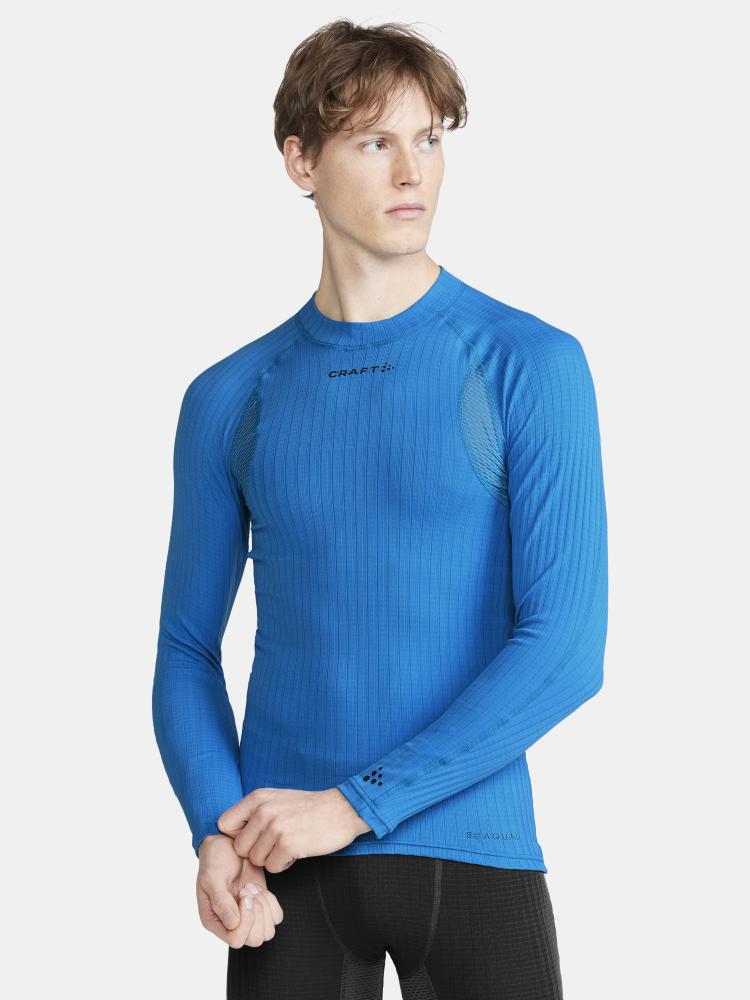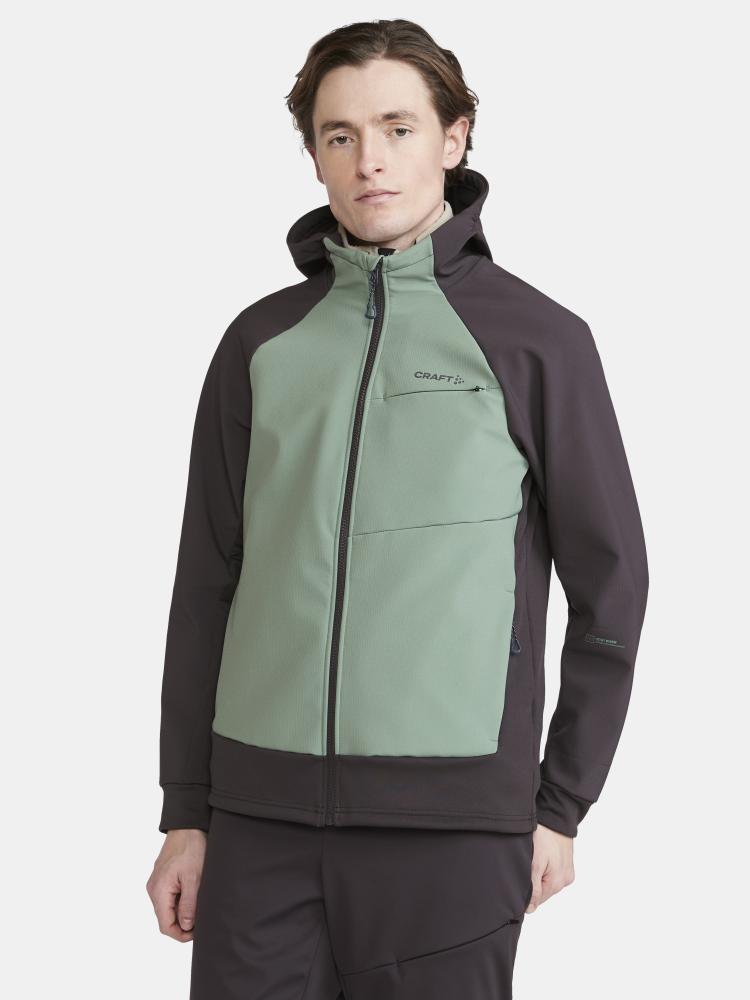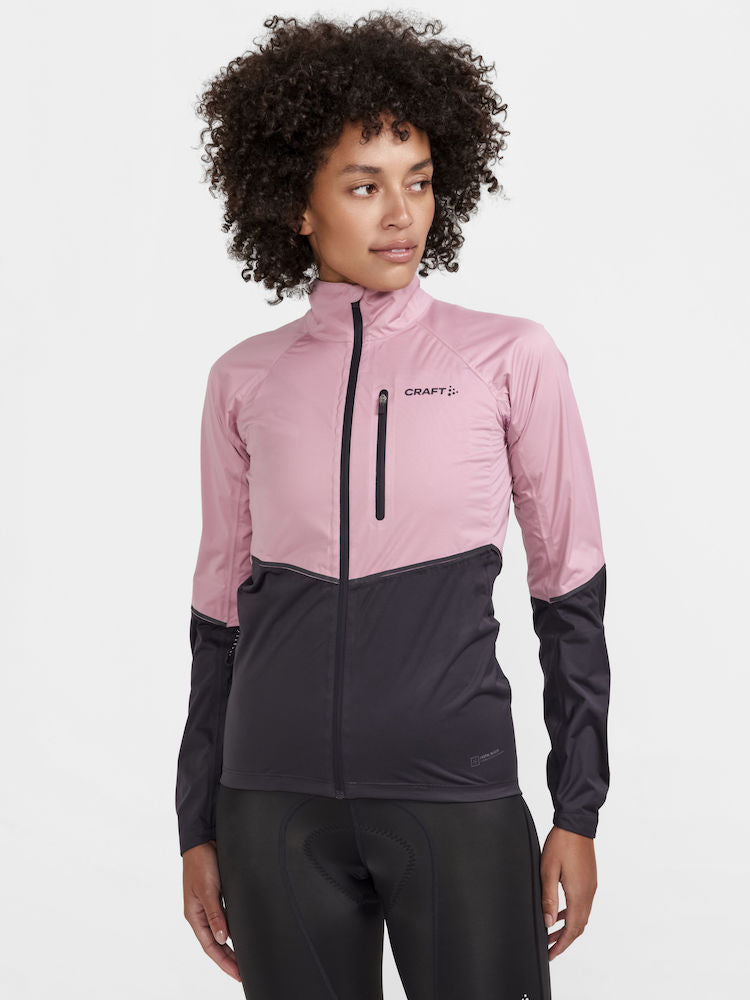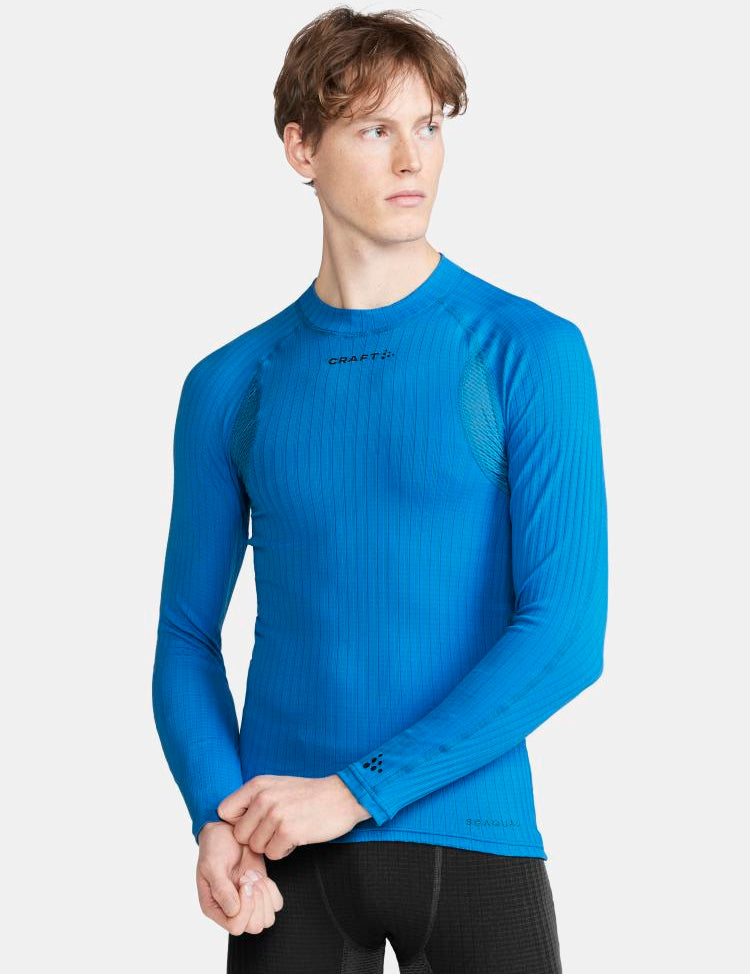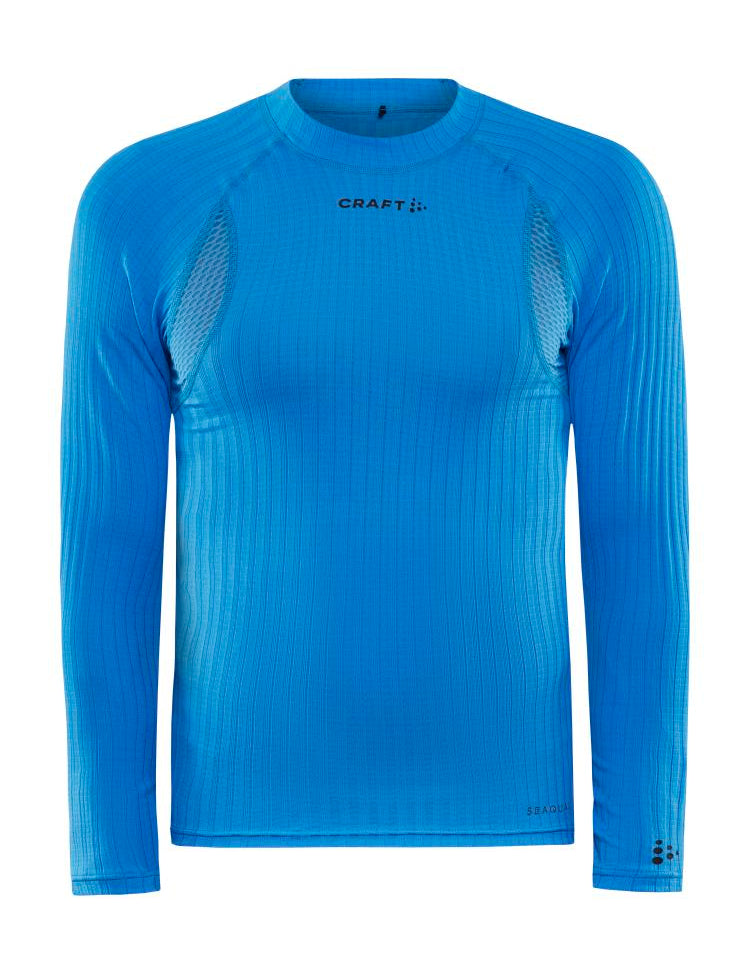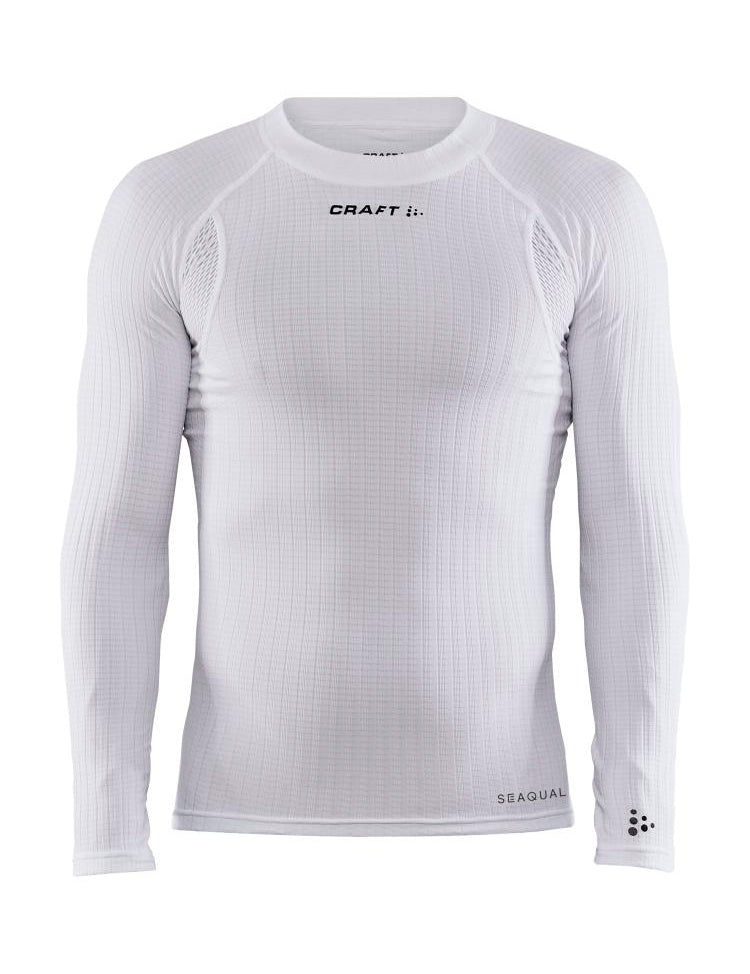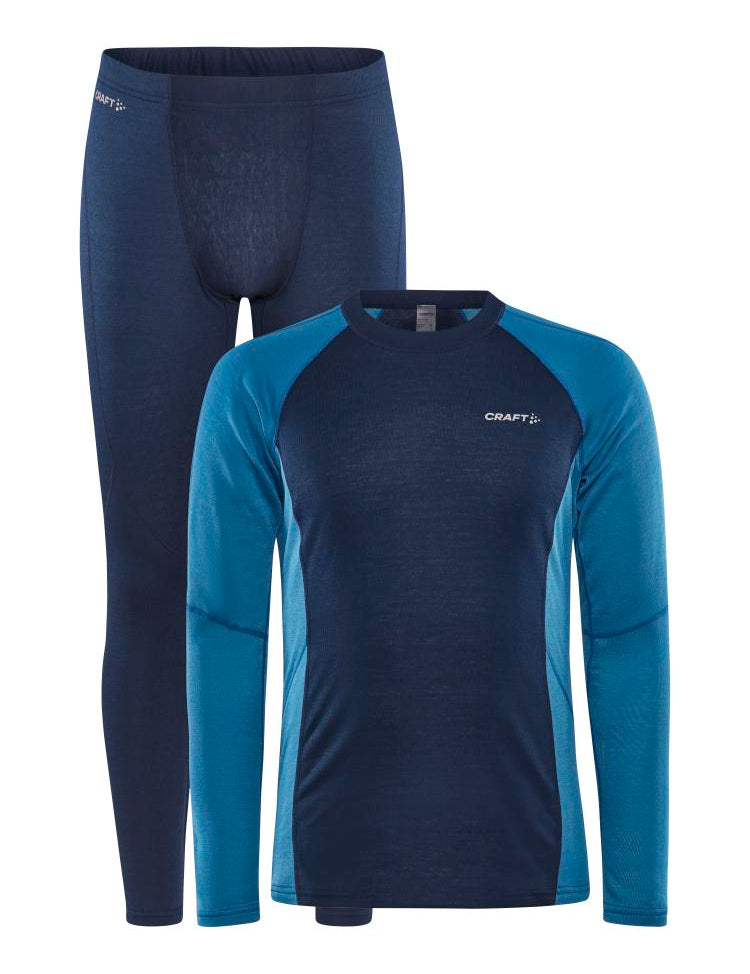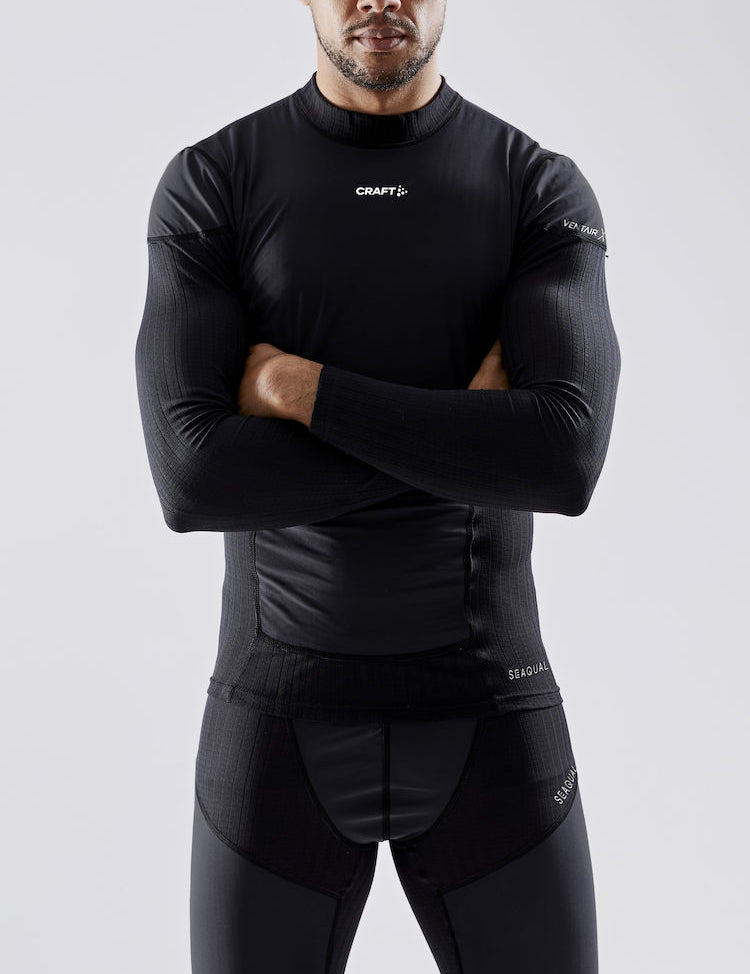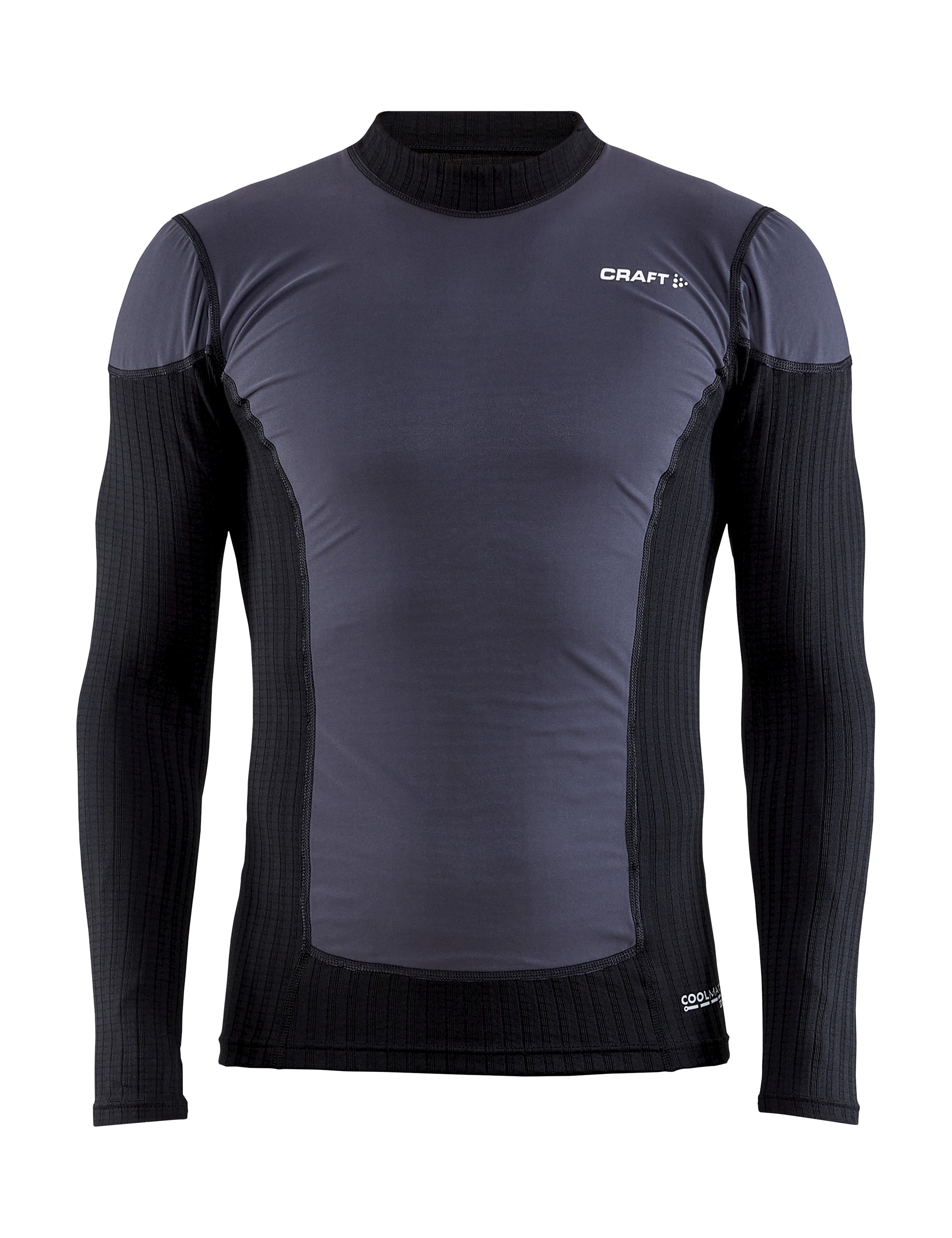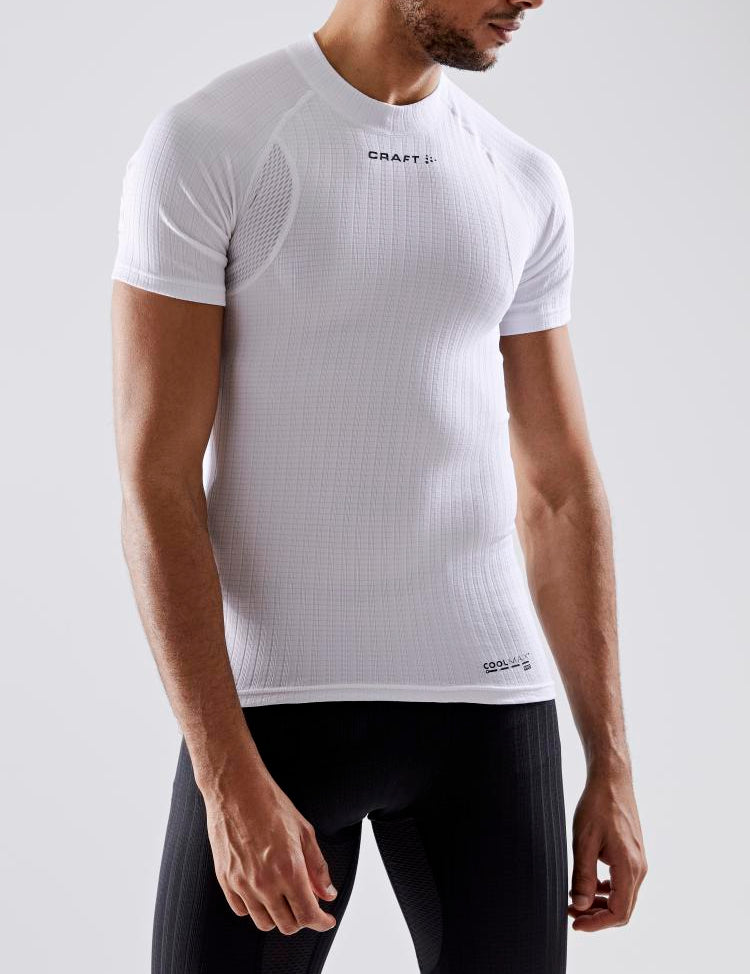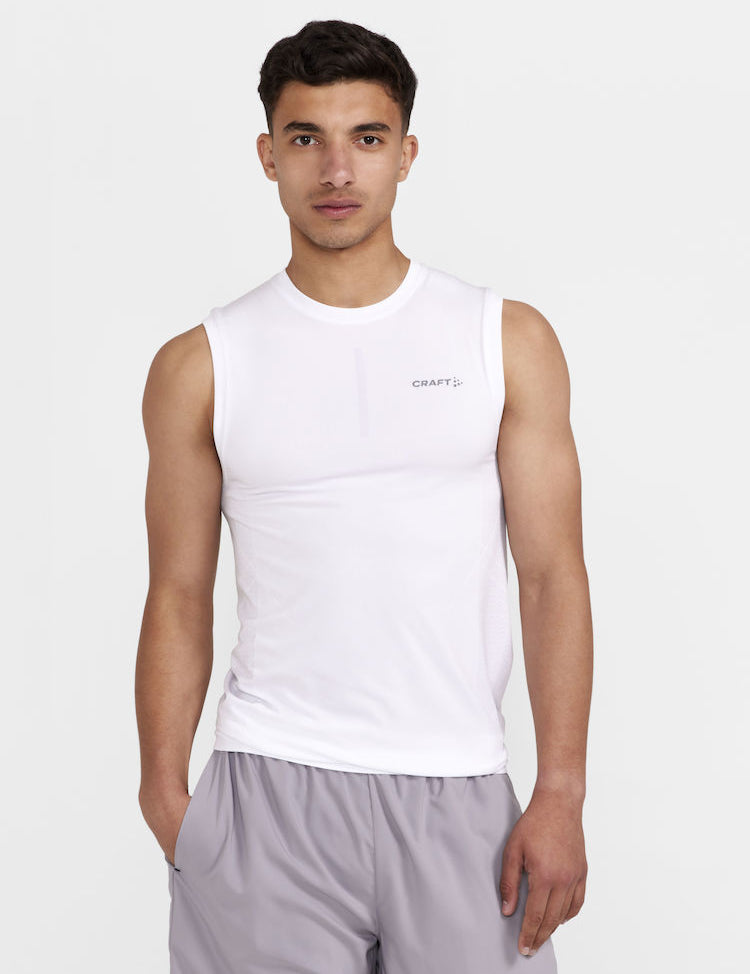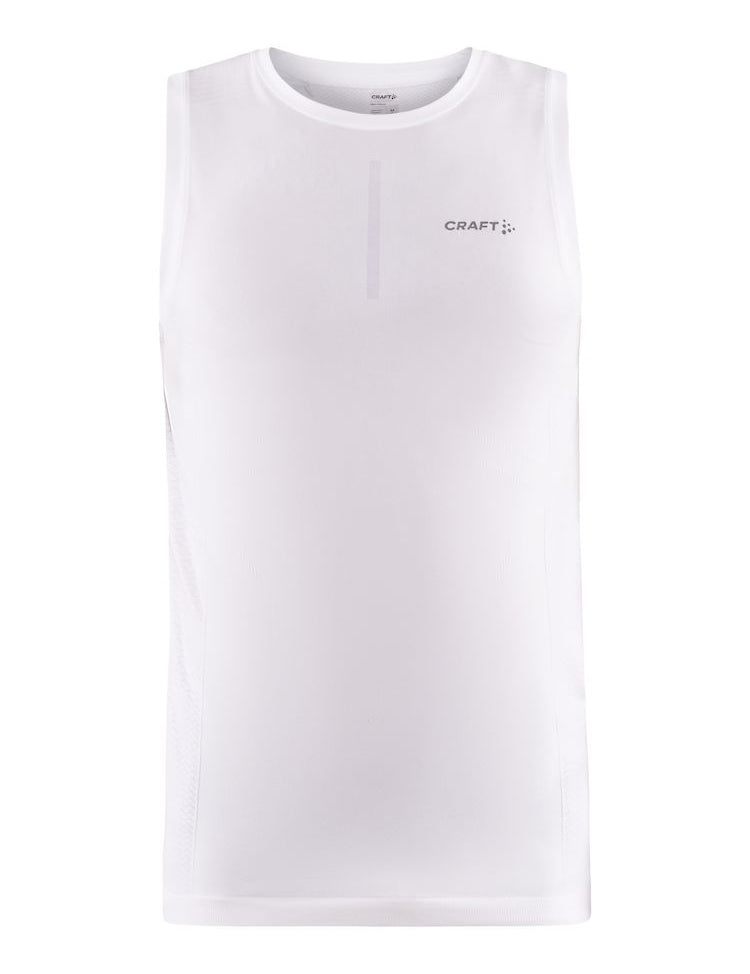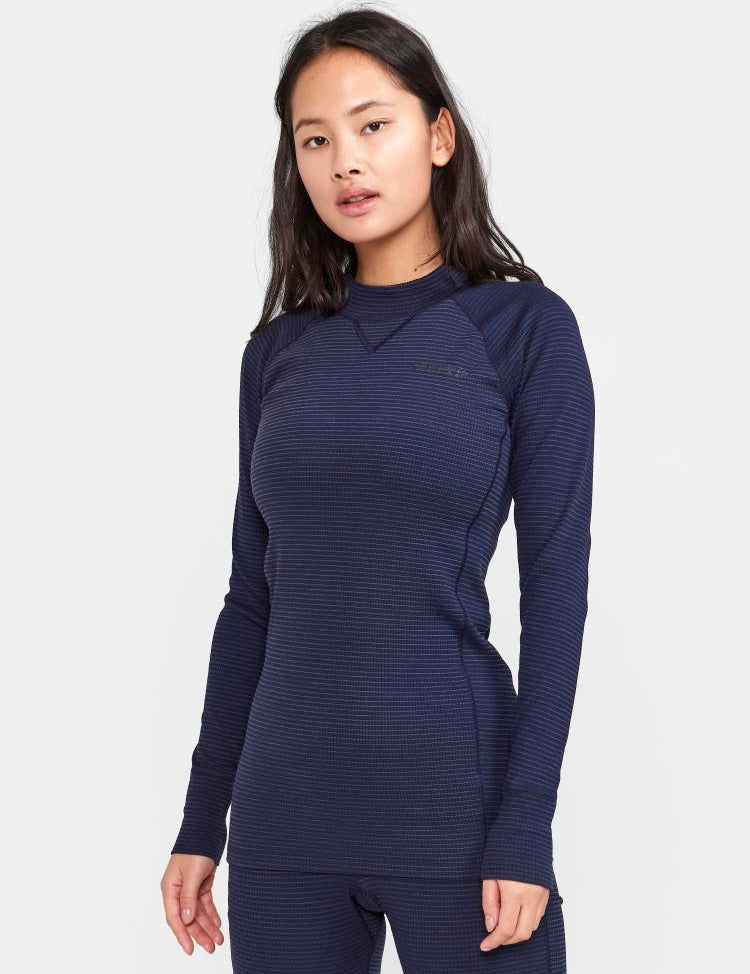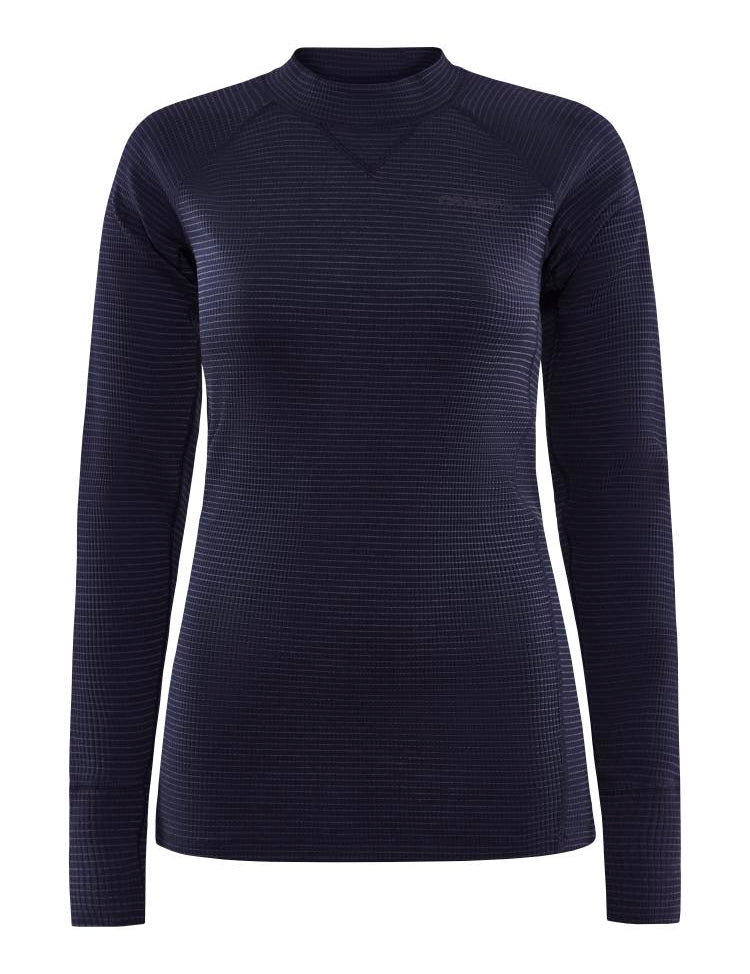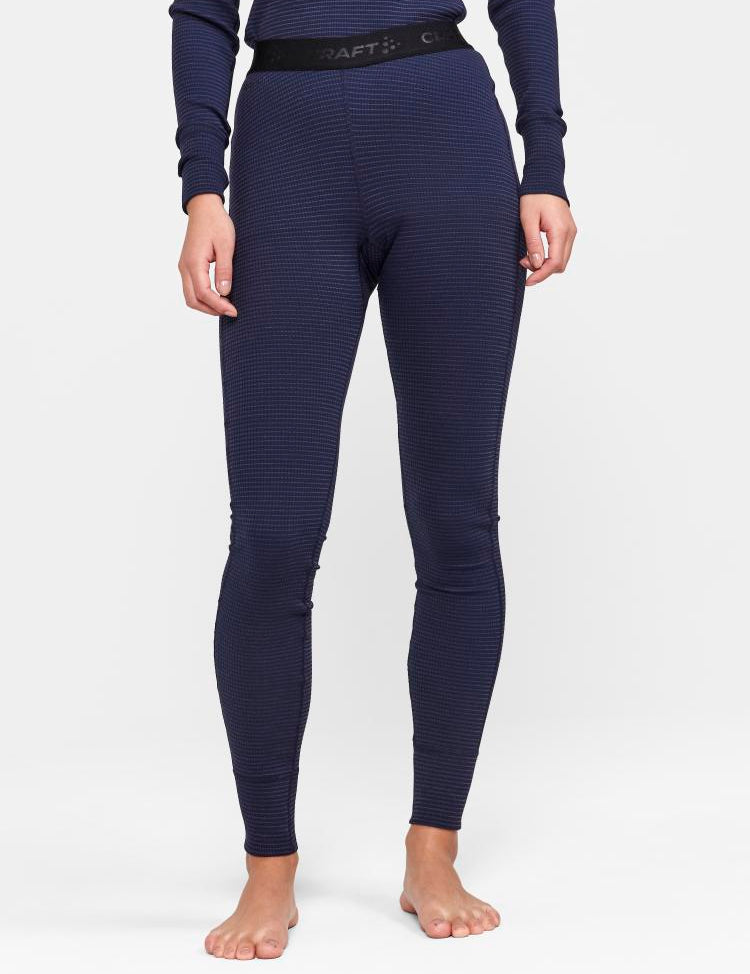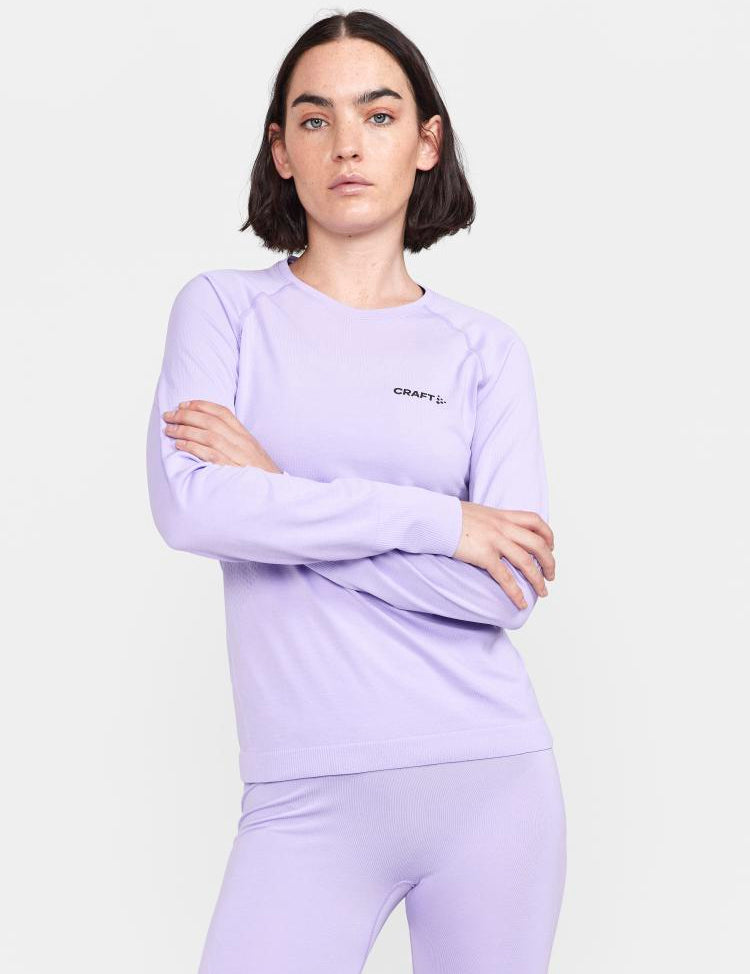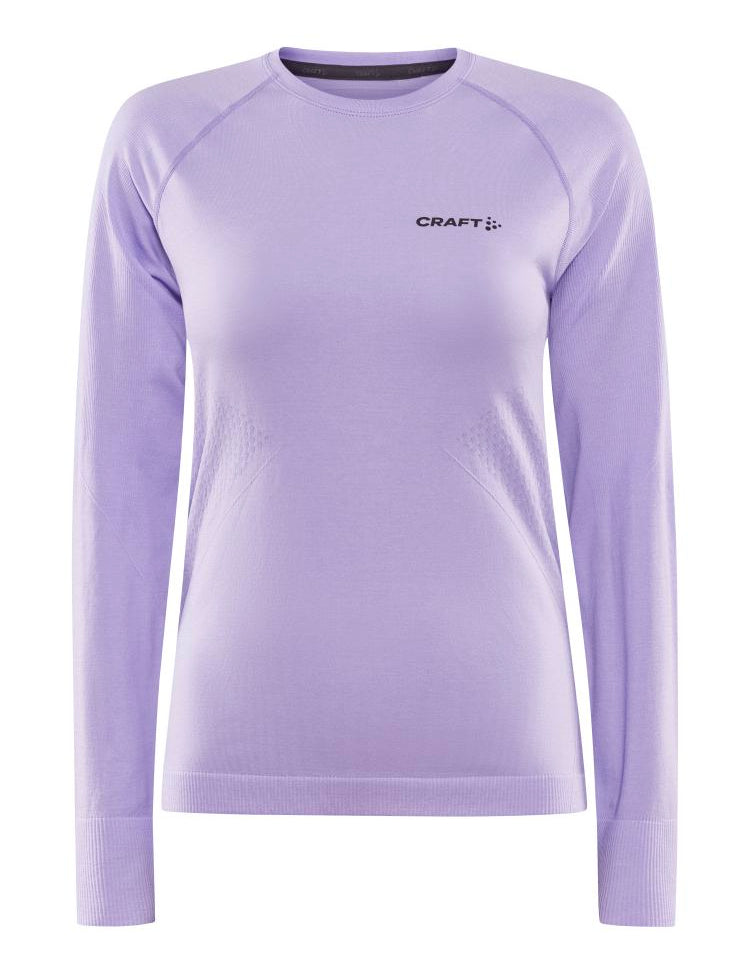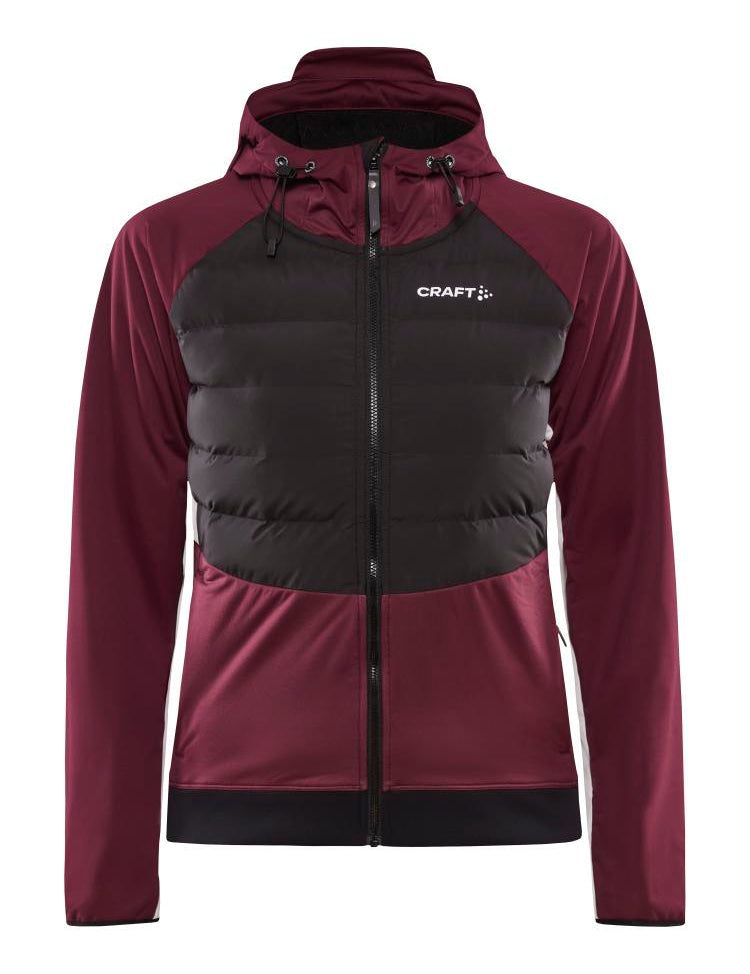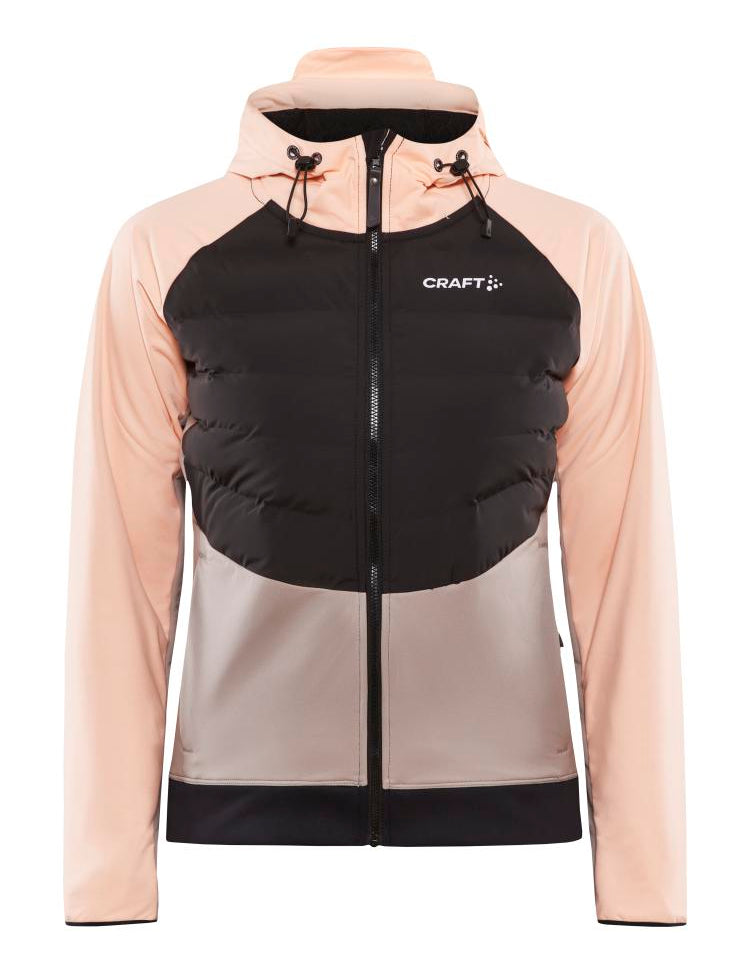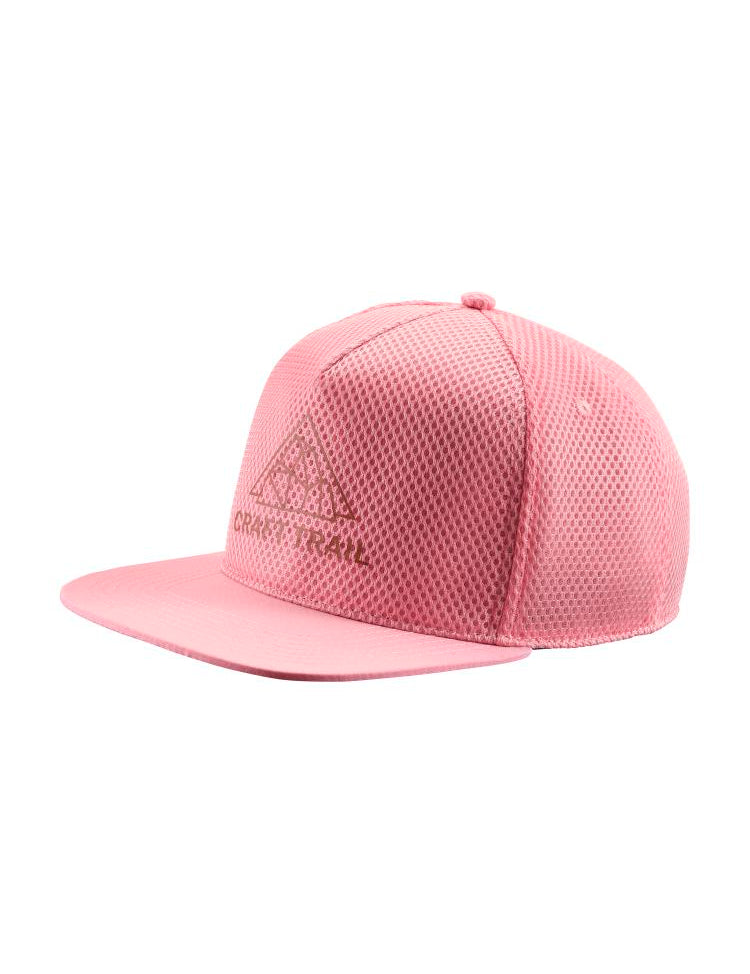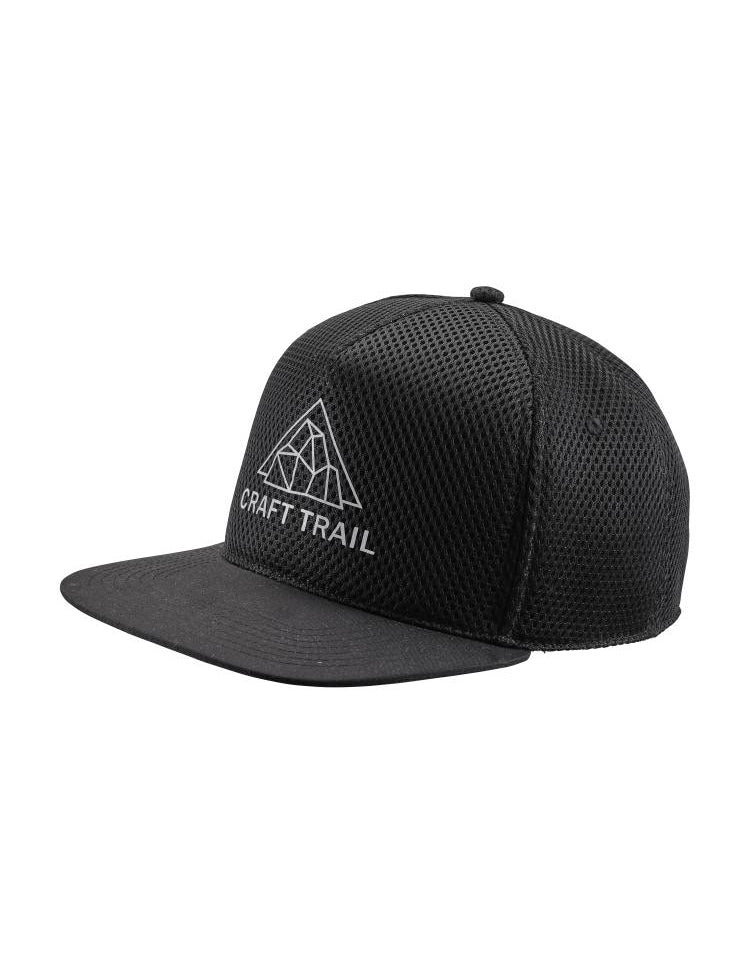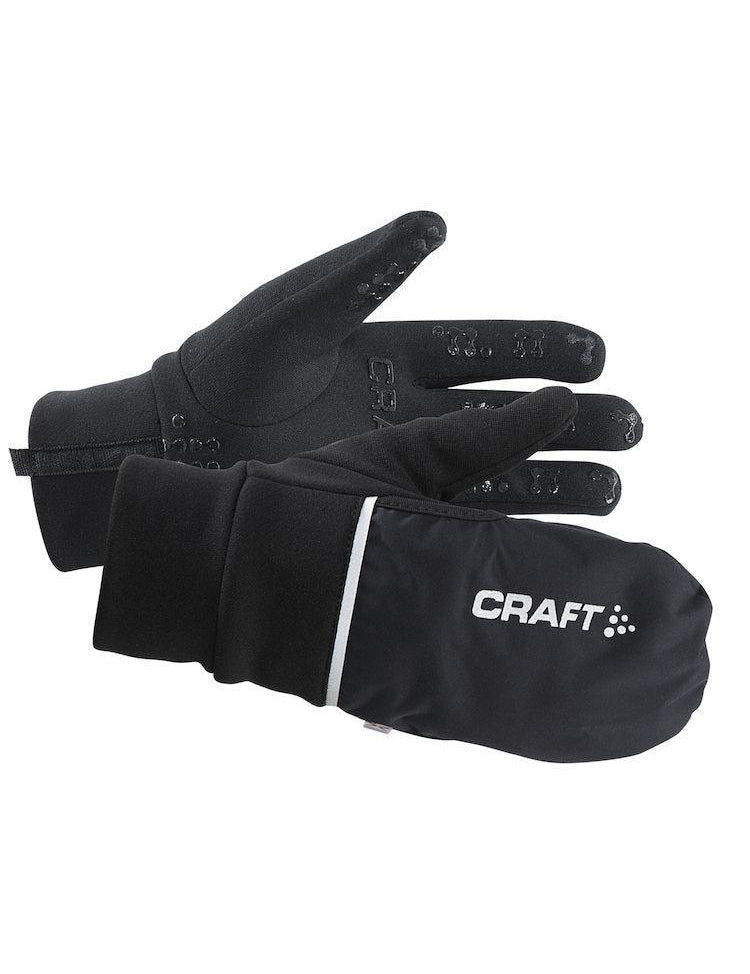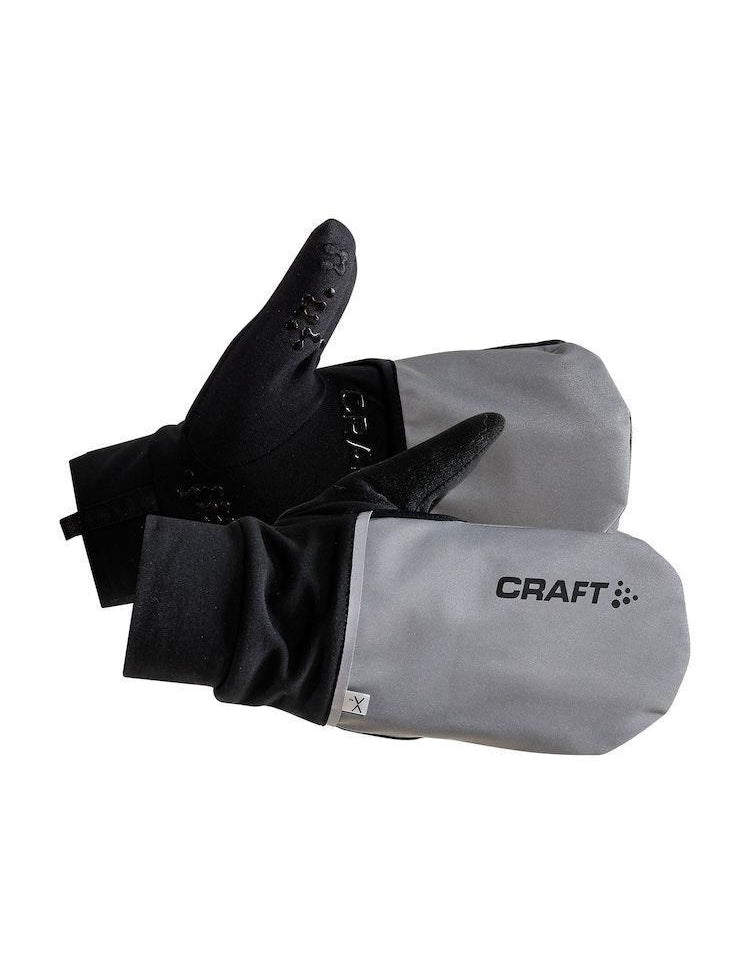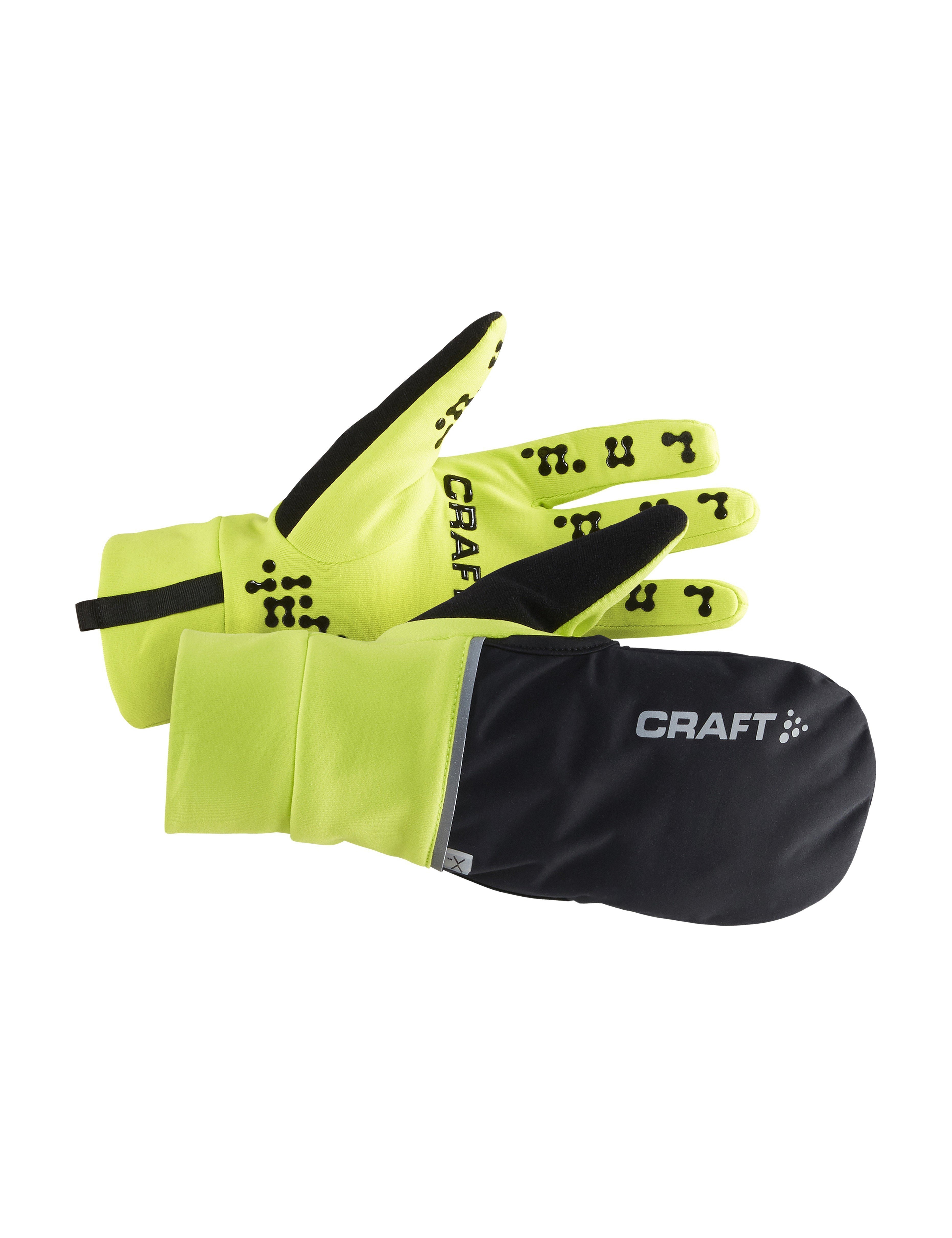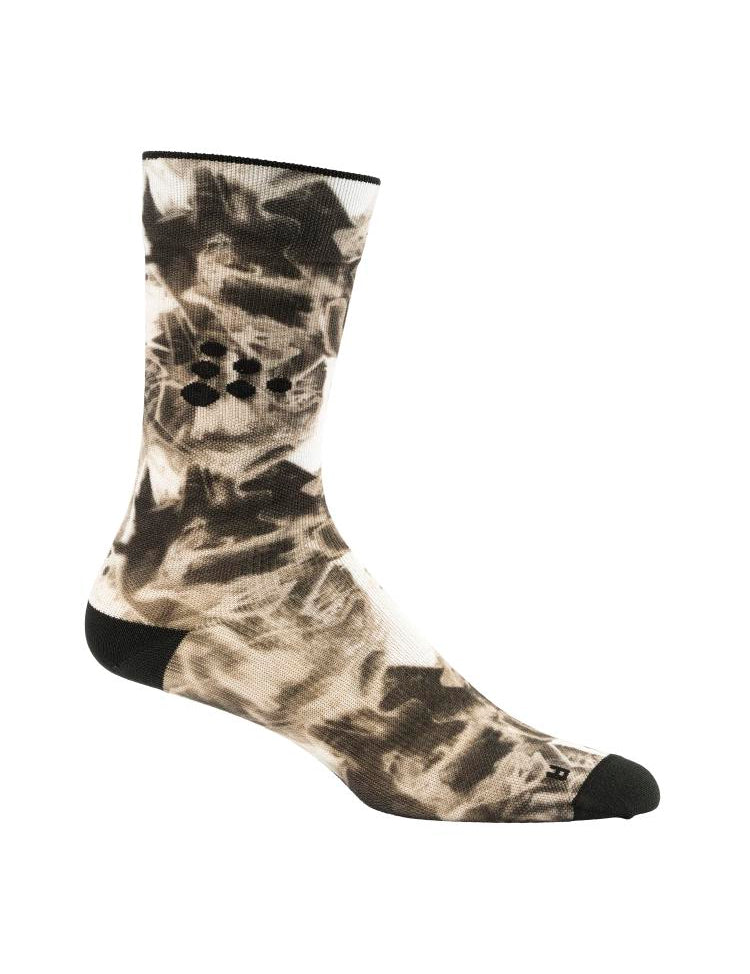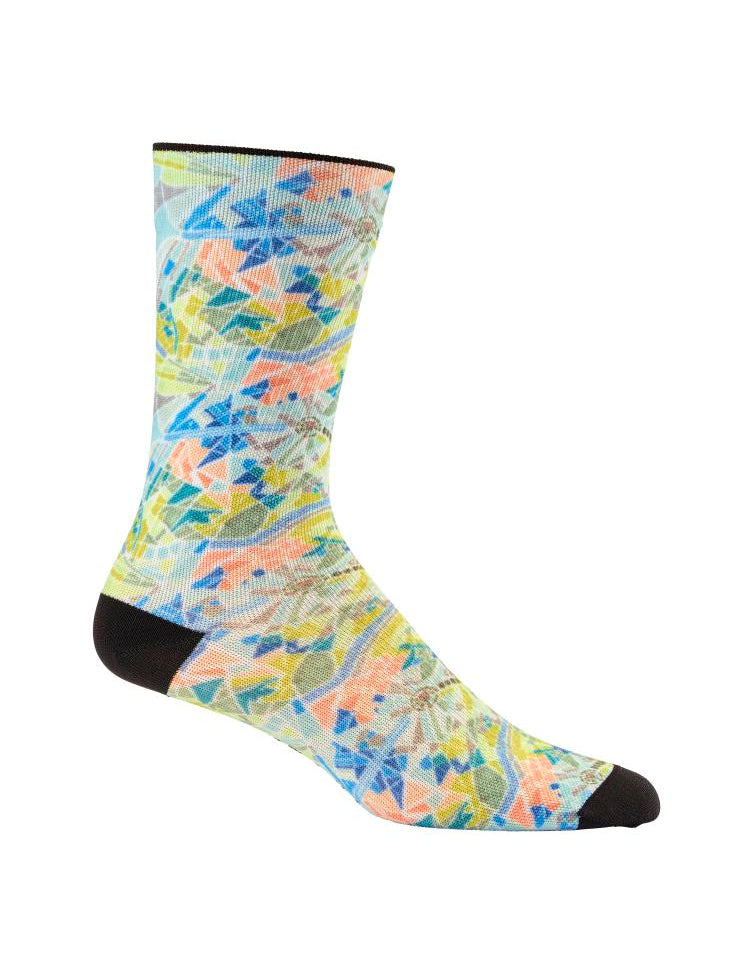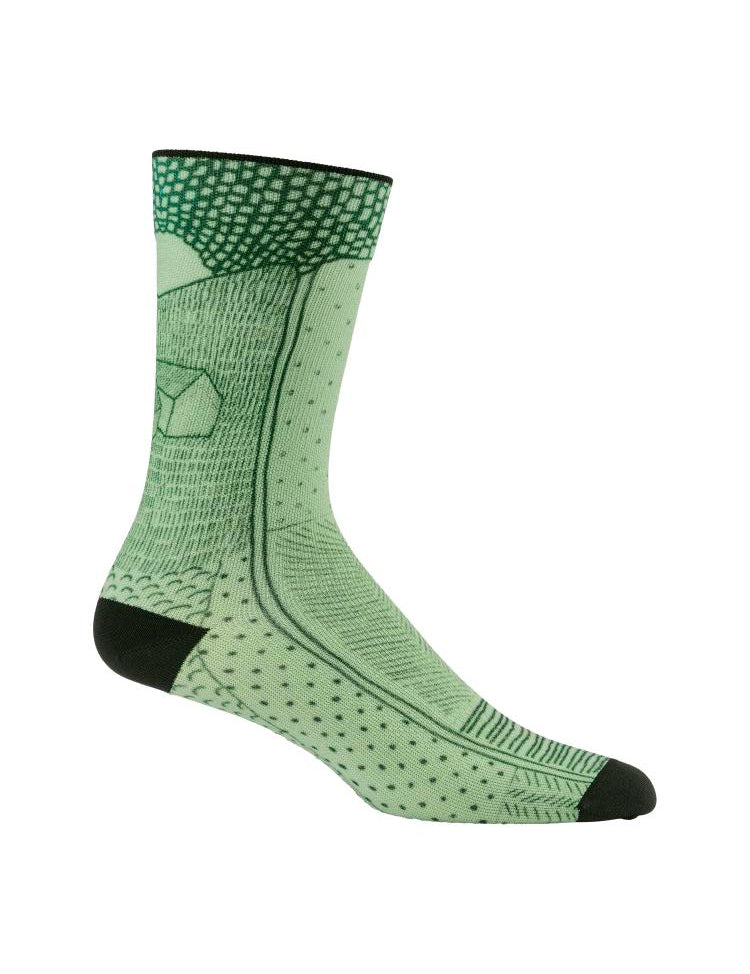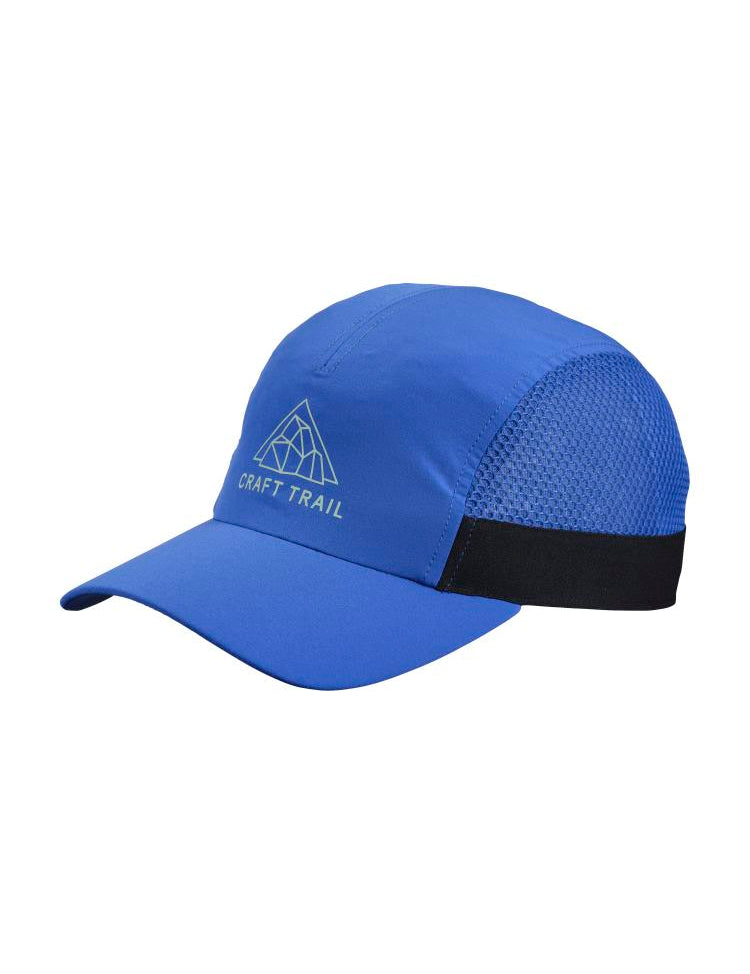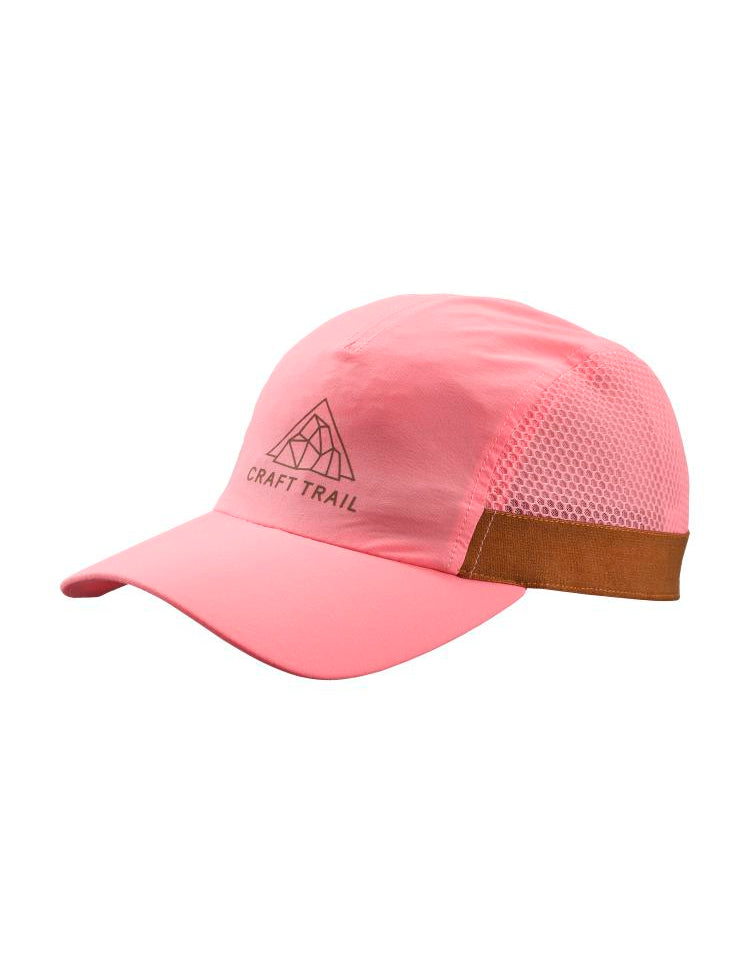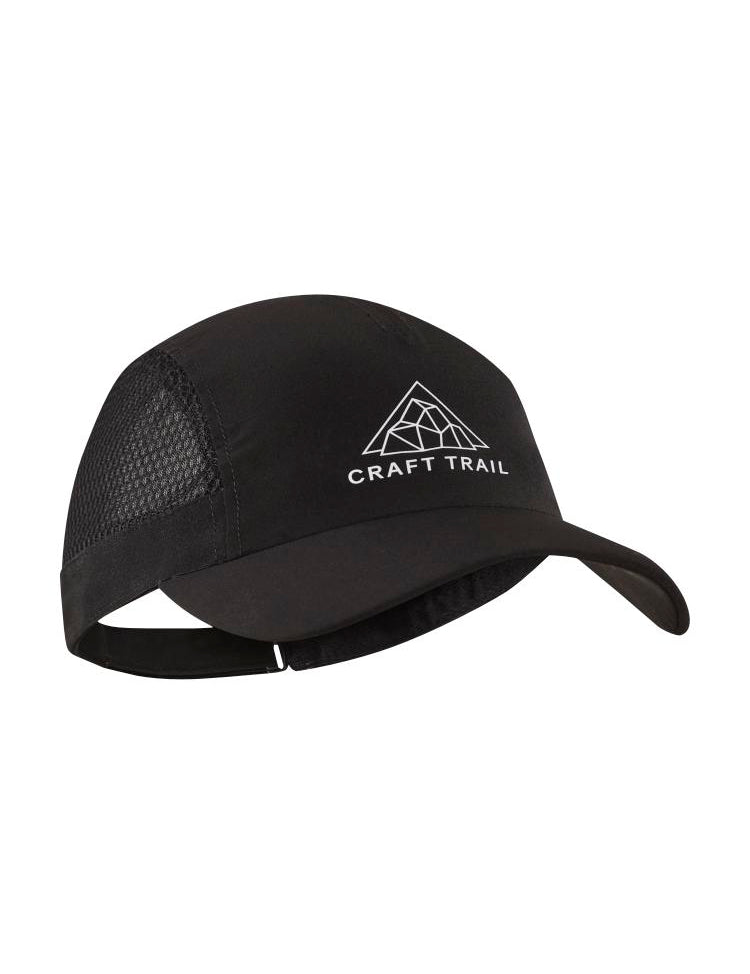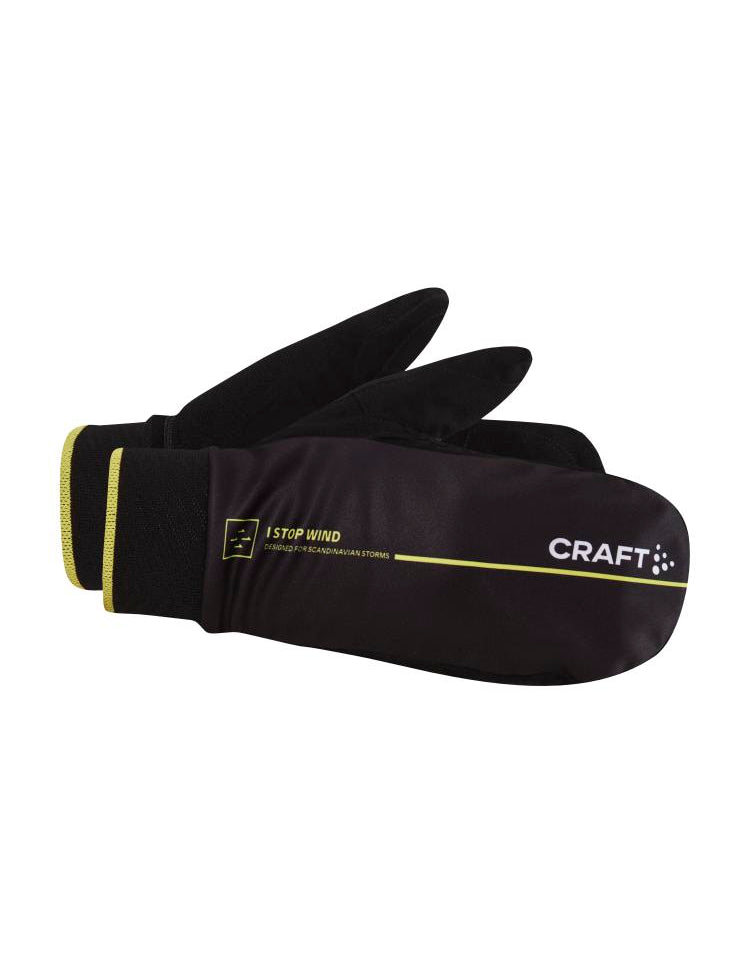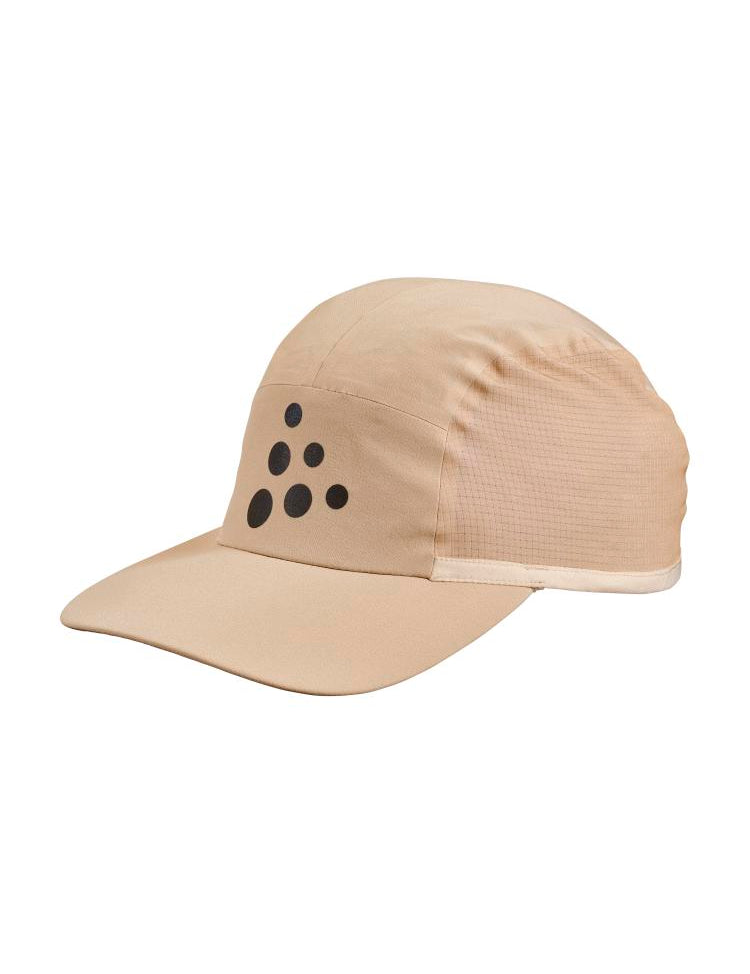
Cross Country Skiing
HOW TO DRESS
Cross-country skiing is not only one of the toughest endurance sports, it’s also a sport that places great demands on your clothes if your goal is to perform optimally. While the garments should protect against low temperatures and cold wind, they should also ensure that the body's excess heat is efficiently ventilated. Based on our longstanding collaboration with the Swedish national XC team, this guide is designed to help you dress for success in the tracks.

Baselayers
ALL FUNCTION STARTS FROM THE INSIDE
Start by putting on a pair of boxerbriefs/briefs or panties and a sports bra – all made of 100% polyester. Polyester does not bind moisture but transports it from the skin and out through the garment, allowing you to stay dry and warm.
Unfortunately, many skiers make the mistake of using ordinary cotton underwear. Then it doesn’t matter if you wear a polyester baselayer outside the underwear – the cotton will absorb the sweat and quickly cool you down. It would then be better to skip the underwear and just wear a functional baselayer closest to the skin.
Outside of underwear, wear a baselayer made of polyester. For optimal function the baselayer should fit tightly, even in the armpits. Otherwise the moisture may not be transported out of the garment but instead remain on the skin where it creates a chilly “lid”. For cold and windy conditions you can choose a baselayer with wind-protective fabric at the front. However, it’s often enough with a normal baselayer combined with a pair of underwear with wind protection across the genital area.
For those of you who prefer to take it a little bit slower in the tracks, underwear with a mix of polyester and wool is a great option. Wool doesn’t provide as efficient moisture transport as polyester but has very good thermal properties, making the combination of polyester and wool the perfect choice for low-intensity workouts in low temperatures.
Socks should also be made of polyester, or polyester and wool if you are prone to cold feet. In cooler conditions, some skiers prefer to wear two thin socks, which provides a warming layer-on-layer effect, while others choose to have a thicker wool/polyester sock. Be sure that it doesn’t get too tight in the boot, which would eliminate the insulating layers of warm air between the boot, sock and foot. Another tip is to ensure that your feet are dry when putting on the socks. Then you reduce the risk of freezing, since moisture transfers cold rapidly.
- Men's Baselayers
- Women's Baselayers
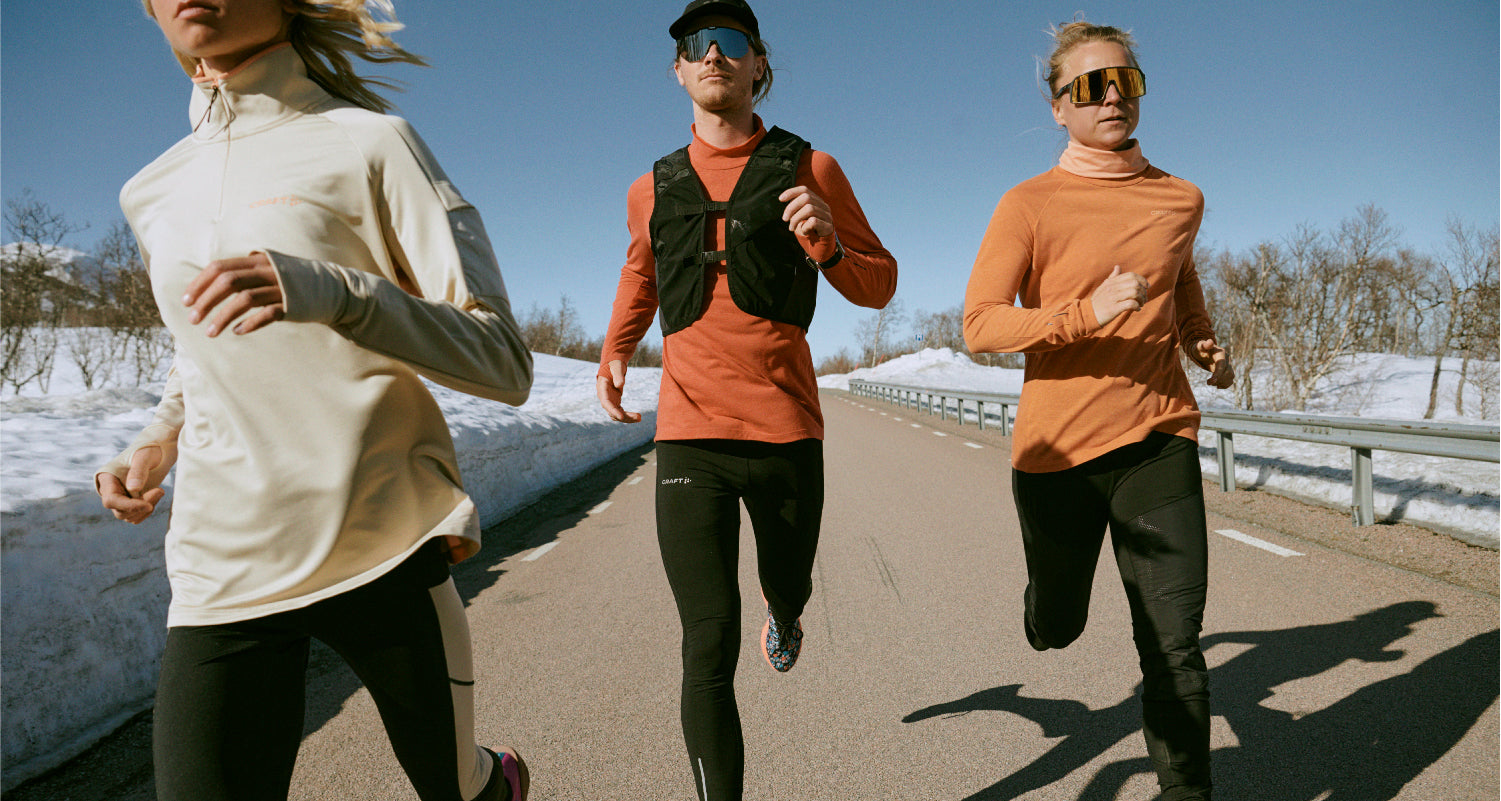
Midlayers
WARMING MIDLAYER ON THE UPPER BODY
Outside of the baselayer add a middle layer on the upper body to keep you warm in cold conditions.
A midlayer should be made of 100% polyester to ensure the moisture transport continues through the garment. However, for elite athletes about to compete or do tough interval training it’s usually sufficient with only a thin suit (or light jacket and tights) outside the baselayer.
- Men's Midlayers
- Women's Midlayers

Jackets and Bottoms
WIND PROTECTIVE OUTWEAR
Outerwear should be a thin jacket and smooth pants or tights. There are several great jackets and pants that feature wind-resistant fabric on the front and elastic, breathable fabric at the back. As a result, the front protects against the cold wind while the back ventilates excess heat and transports moisture from the inner layer.
- Men's Outerwear
- Women's Outerwear

Accessories
MOISTURE TRANSPORTING HATS & GLOVES
Moisture-transporting hat and gloves to regulate the heat and transport sweat from the head and hands, your hat and gloves should have a base of polyester. If it’s really cold, you can wear two hats and two layer of gloves – one layer of polyester closest to the skin and a thicker layer on the outside. Hats with a blend of wool and polyester make a great choice in cold conditions.
